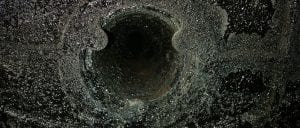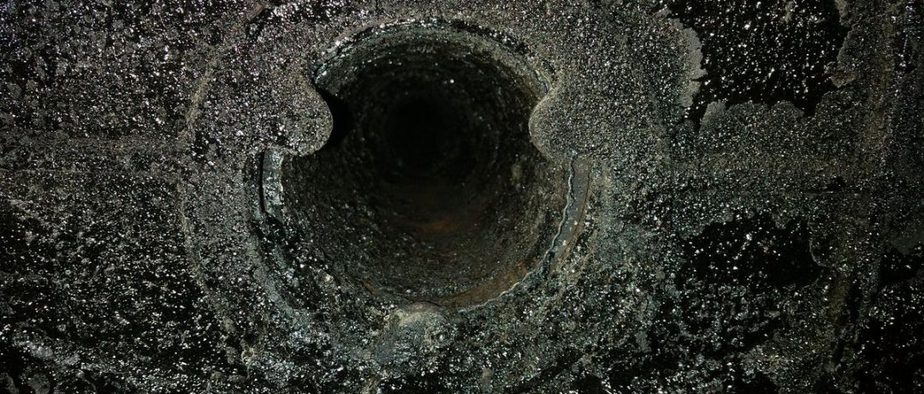When you invite a chimney sweep into your home for your annual chimney sweep cleaning, it might interest you to know the type of tools and equipment they use. Or perhaps you might wish to DIY your chimney clean out, and need information on the available types of brushes so you can know which one would best suit your chimney cleaning needs.
The type of brushes needed for a chimney cleanout depends on the type of chimney and flue you have. Most typical chimneys are either masonry with clay flue tiles, or pre-fabricated and metal. The traditional chimneys made of masonry are more prone to severe creosote buildup than those made out of metal or prefabricated styles and require a different brush to accomplish a proper cleanout.
Chimney brushes are important tools when it comes to the chimney clean out process. For the proper maintenance and operation of the chimney flue, it is vital that you use a brush of suitable material, shape, and size.
Chimney brushes vary depending on the below guidelines:
The Size and Shape of the Chimney Brushes
 Chimney brushes are designed as either square, rectangular, oval, or circular. While the standard brushes can be found in many sizes ranging between five and 12 inches, and some manufacturers make customized brushes. Ensure that the brushes you are about to purchase align to the shape of your chimney or flue and that the brush is not more than half an inch wider than the flue’s diameter. A brush that is either too large or too small will hamper proper cleaning, thus not allowing for effective removal of the accumulated creosote. Ideally, the chimney brush and the liner should have equal or similar diameters.
Chimney brushes are designed as either square, rectangular, oval, or circular. While the standard brushes can be found in many sizes ranging between five and 12 inches, and some manufacturers make customized brushes. Ensure that the brushes you are about to purchase align to the shape of your chimney or flue and that the brush is not more than half an inch wider than the flue’s diameter. A brush that is either too large or too small will hamper proper cleaning, thus not allowing for effective removal of the accumulated creosote. Ideally, the chimney brush and the liner should have equal or similar diameters.
The Material of the Chimney Brushes
Chimney brushes are either poly or metal wire. When choosing a brush for your chimney cleanout, base your consideration on the type of chimney you have. Those with the conventional masonry chimneys should go for a metal wire brush, the ideal tool to help scrub off soot and creosote buildup from the flue. Creosote must be removed from chimney liners because it is a highly flammable substance known to be the biggest cause of chimney fires.
On the contrary, these metal wire brushes are not suitable for chimneys or chimney liners with metal plating. Poly brushes are best suited for metal-coated chimneys, prefabricated chimneys, or masonry chimneys which have become fragile with age. Also note that if you have a chimney with many bends, then regular poly brushes will not be of much help since they are not flexible and will not go around the curves of your chimney. Poly brushes are much less rigid than metal wire brushes, and will not cause rust or other types of deterioration.
The Accessories for the Chimney Brushes
Chimney clean out tools consist of more than just the brushes. There are many accessories that you can use during your chimney cleanout. One very useful accessory is a rod that you attach to your brush which will help you reach the whole length of your chimney. Brush rods come in many different sizes, ranging from two and a half to five feet. They are also made from different materials and can be highly bendable or fairly stiff. The length and curves of your chimney will also determine the purchase of the rods.
Another accessory that you can purchase is smaller and larger breaches than the standard sizes available on the market. A small hand brush can be used to clean out the corners of the flue, while a larger brush would come in handy when sweeping the firebox clean. If you burn unseasoned wood and anticipate a large creosote buildup, consider using a chemical cleaning spray, another handy helper, which will help you remove the dangerous creosote from the chimney flue.
Types of Brushes for a Chimney Clean Out
Flat Wire Brushes:
Flat wire chimney sweep brushes are stiffer than regular wire brushes, with flat tines. They are very useful for heavy-duty cleanups like when removing level three glazed creosote, as the flat wires have better scraping action. This style of brush is for masonry chimneys and can damage metal or prefabricated types.
Standard Polypropylene Brushes
These brushes are more suited for use on metal or prefabricated chimneys that have less creosote accumulation in the chimney flue. However, the stiff brush won’t get around the bends of the chimney and that is why they are not good for heavy cleaning.
Pre-Fab Polypropylene Brushes
In circumstances where prefabricated or metal chimneys have a heavy buildup of creosote, then, this is the best brush to remove the debris. Pre-Fab Polypropylene brushes are more flexible, easier to use, and will get into the bends of the chimney.
Need a chimney clean outdone by a certified and professional chimney sweep? We use the best professional brushes that will leave your chimney and fireplace feeling new, safe, and ready for that fire.


Recent Comments